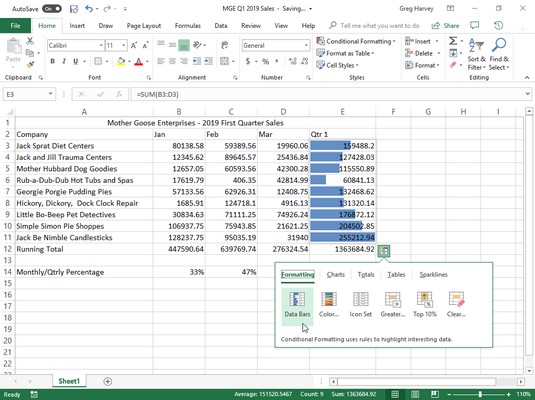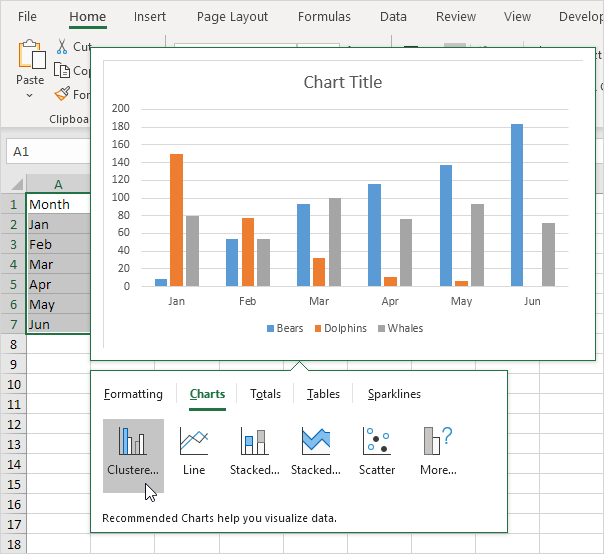

Sales distributions between regions are one example.

Step 3: As needed, modify the inserted chart. Step 2: Select Insert > (choose desired chart type from icons). The process for creating these fundamental charts By navigating to the Insert tab and selecting the Charts command group, you can quickly create pie, line, column, or bar charts. We can use Excel charts to filter out the unnecessary "noise" from the story we're attempting to convey at the time and instead focus on the most important bits of data. Excel offers a variety of chart kinds from which to pick, or you may utilize the Excel Recommended Charts option to examine charts tailored to your data and select one of those.Įxcel charts are great for assisting with data analysis by directing emphasis to one or a few components of a report. A chart is a visual depiction of data that uses symbols such as bars in a Bar Chart or lines in a Line Chart to represent the data. A chart is a graphical depiction of any set of facts. Excel is well-known for its ability to organize and compute numbers. They summarise data so that data sets are easier to grasp and analyze.

Have questions or feedback about Office VBA or this documentation? Please see Office VBA support and feedback for guidance about the ways you can receive support and provide feedback.How to Utilize Data Analysis in Excel ChartsĪnother excellent technique to present a narrative with graphics is charts. If missing or set to 0 = Hide all buttonsġ = If showing, hide the Conditional Formatting and Sparklines buttonsģ = If showing, hide the Suggested Views button When the argument is set to any one of the following options, the resulting user interface is hidden: Can be one of the XlQuickAnalysisMode constants.

Indicates for which top level button the callout user interface is displayed. SyntaxĮxpression A variable that represents a QuickAnalysis object. Hides specific members of the Analysis Lens user interface.


 0 kommentar(er)
0 kommentar(er)
